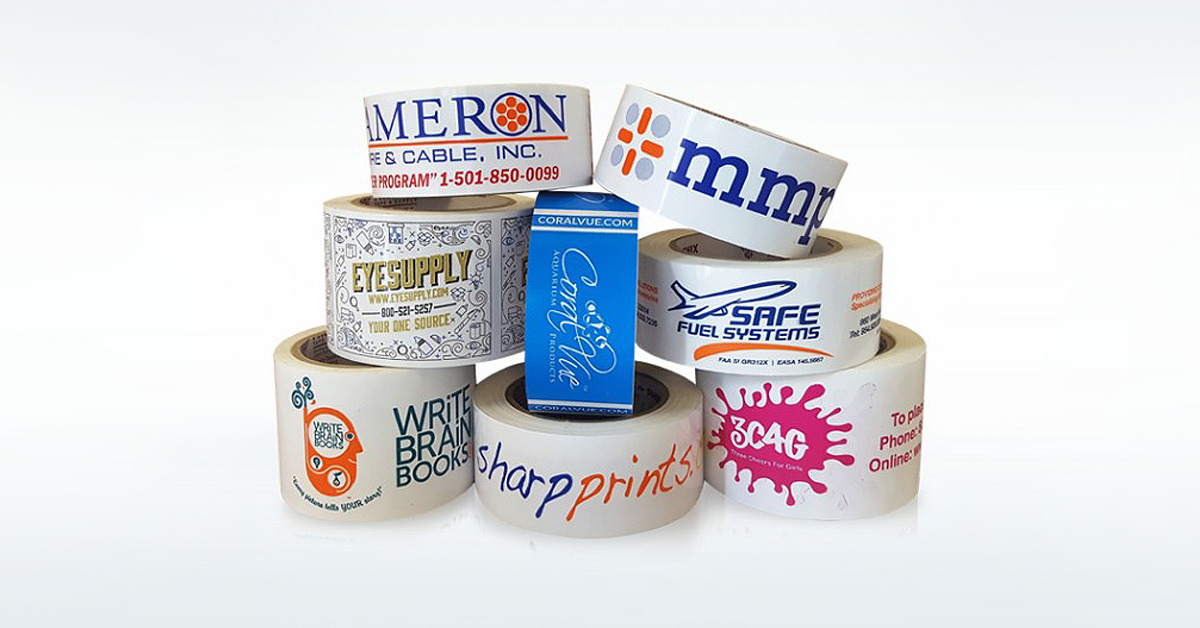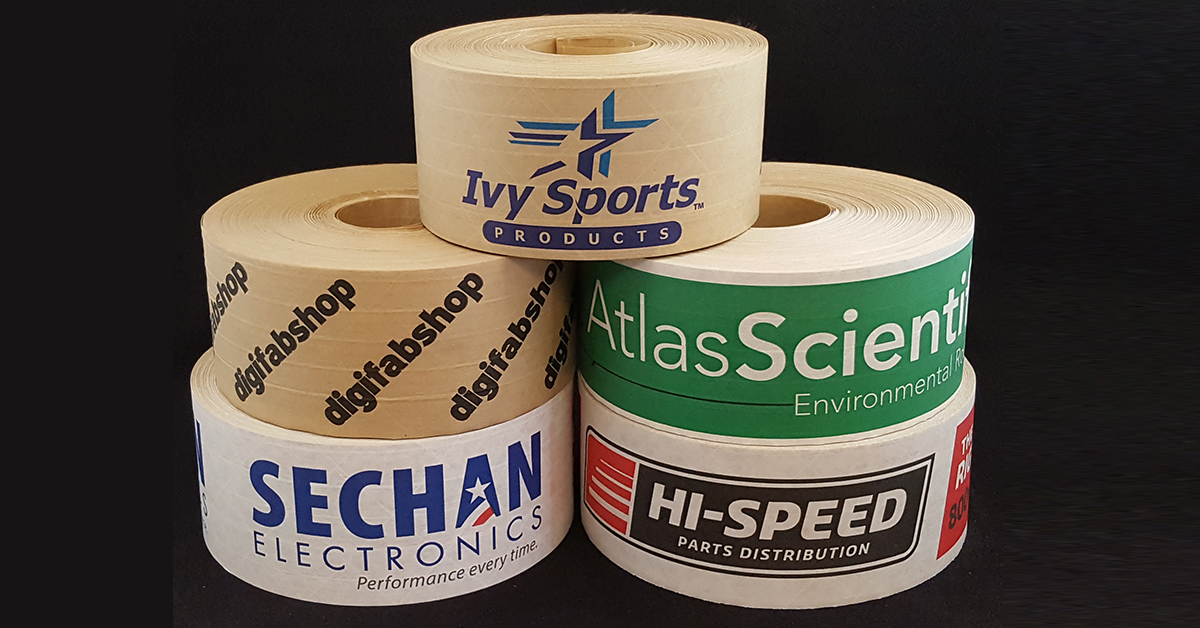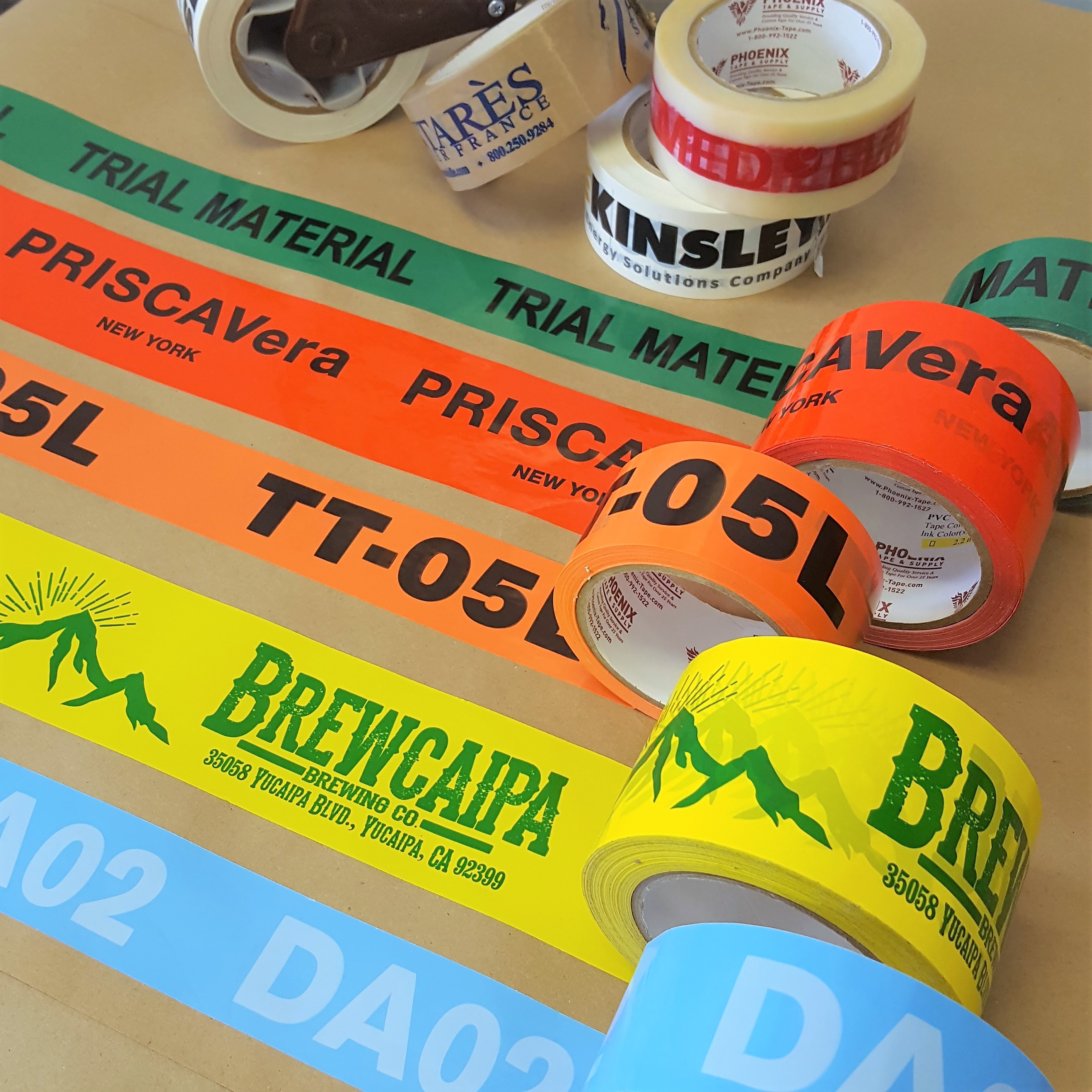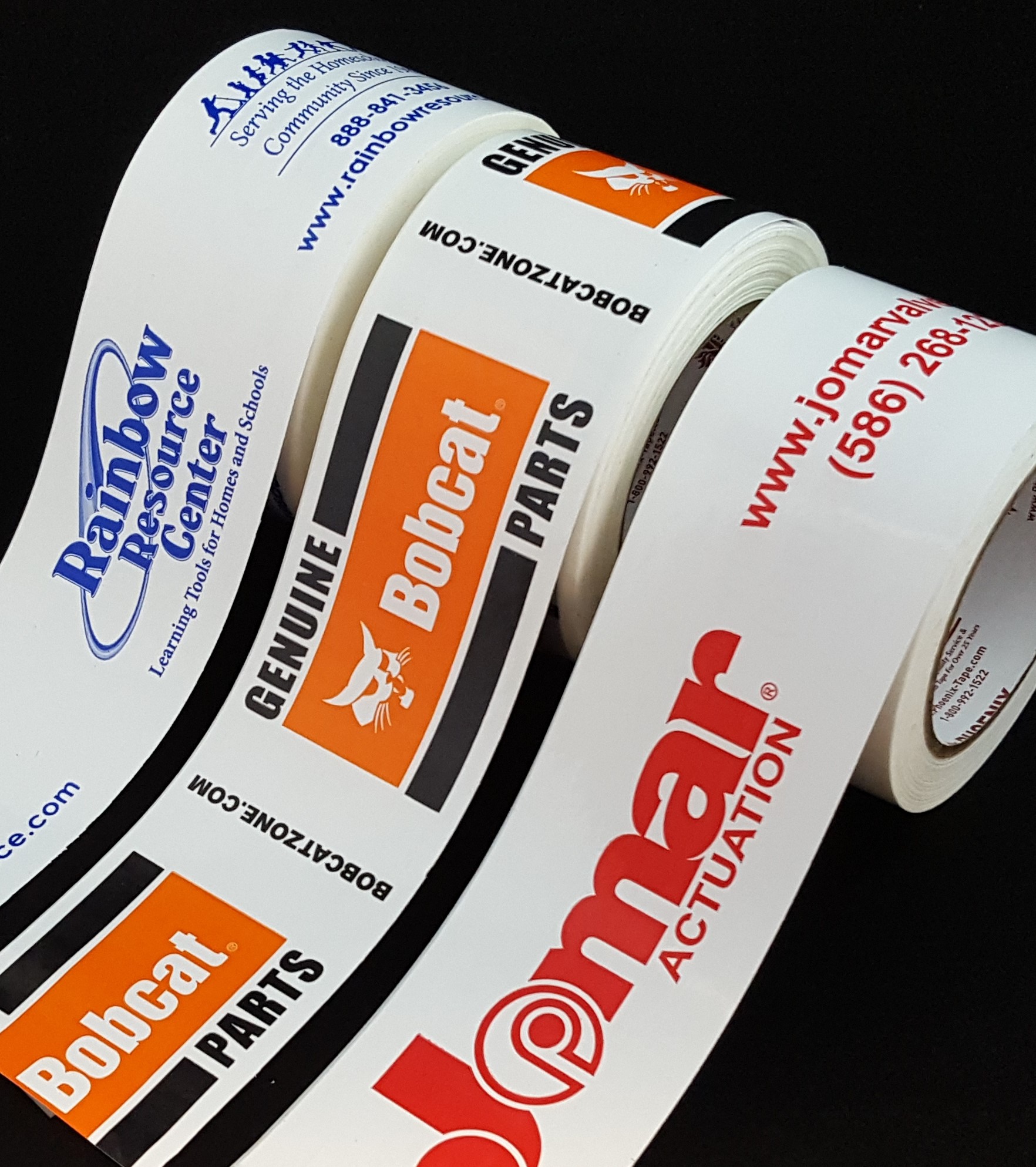What Type of Tape Should I Use?

Most of us know that different tapes have different jobs. You wouldn’t use Scotch tape for home repairs, nor would you break out a roll of duct tape to wrap presents.
The same is true in the world of custom packing tape. PVC tape, polypropylene tape, paper or flat back tape: they’re all highly-effective tapes, but there are some situations where one might work better than the others. Let’s take a closer look at the features of these different tapes.
When you need a secure, eco-friendly tape

Paper tape is an eco-friendly, water activated tape that sticks neatly to packaging and contains fiberglass threads that provide added security and tensile strength.
After you’ve sealed a package or box with paper tape, it forms a permanent bond, like what you’d find on an envelope. It needs to be ripped open, unlike plastic tape, which can just be peeled back.
This makes paper tape a great anti-tampering/anti-pilfering measure. It’s impossible for someone to get inside the packaging or box without ripping the tape.
In addition, paper tape is useful for businesses shipping softer goods – for example, clothing – or companies that need to ship products that aren’t easy to stack. It’s easier to seal a box using water-activated paper tape when you aren’t able to put much pressure on the packaging.
But paper tape is also useful when shipping heavier cartons, thanks to its exceptional tensile strength. And because it is paper, it’s easy to print on, allowing you to show off your business name or logo.
Finally, it’s an environmentally friendly tape, as both the paper the tape is made from and its adhesive are recyclable. Remember to check with your local recycling facility.
When you need a strong, versatile tape

We think of PVC tape as the “quiet” tape, as it unrolls without making the type of crackling sound you’d get from other plastic tapes.
But the true benefit of PVC tape lies in its strength. It’s a thicker, stronger tape than polypropylene and if you pull out a long strip, it’s much more manageable. PVC tape is less likely to become stuck to itself and is easy to unstick when that happens.
And although PVC tape requires more pressure to stick, once it grabs, it does so aggressively, while also adhering to a broader range of surfaces than polypropylene tape.
When you need an economical, printable tape

Polypropylene is the most popular type of packing tape, for a few reasons, least of all its affordability. If you need to save on shipping costs, this will be your top tape choice, as it’s normally priced lower than other tape varieties.
It’s also a better choice than PVC tape when you need to print something that contains a lot of detail. Both PVC and polypropylene tape wok well for basic print jobs.
But PVC tape uses a rubber plate to print. On longer print rubs, that rubber absorbs the ink, begins to swell and makes the print thicker and less defined.
Polypropylene tape, meanwhile, uses a polymer plate, which doesn’t swell, making it better for longer and more detailed print runs.
Finally, this tape offers a range of thickness for sealing heavier packages. Polypropylene tape comes in 3 strengths – 1.9 mils, 2.5 mil and 2.9 mils – allowing you to ship packages that weigh up to 50 lbs.
No matter which of these tapes seems right for your application, Phoenix Tape can help. For more than 30 years, we’ve supplied companies like yours with top quality, custom-printed, paper, PVC and polypropylene tape.
With our help, you’ll get a great tape that keeps your products secure while promoting your brand. Contact us today to learn more about our PVC, polypropylene, and flatback tape options.

 1-800-992-1522
1-800-992-1522  My Account
My Account 
 Register / Login
Register / Login 